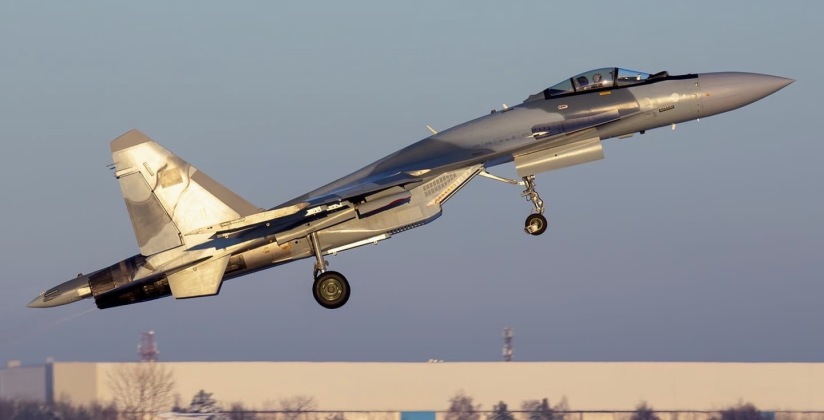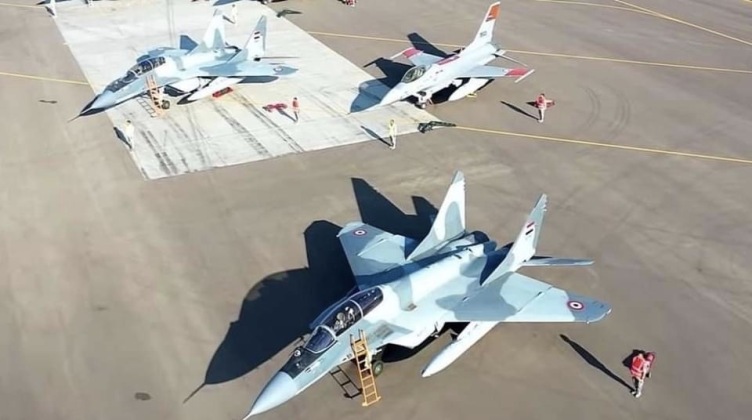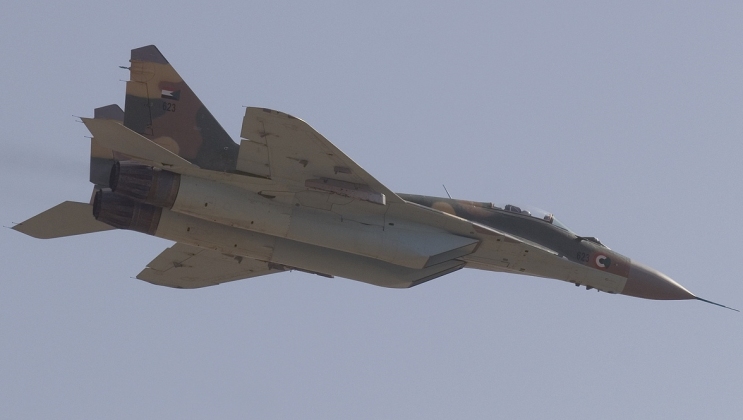News
Ethiopia’s Purchase of Russian Su-35 Fighters Shifts the Power Balance in East Africa
Following the publication of leaked documents confirming that the Ethiopian Air Force will procure at least six Su-35 fighter aircraft from Russia, significant questions have been raised regarding the implications of the acquisitions for the balance of power in East Africa. Orders for Su-35s follow the procurement of at least two Su-30 twin seat fighters in early 2024, which are expected to serve primarily as trainers for the newer aircraft. Acquiring Su-35s will provide the Ethiopian Air Force with among the most capable fighters on the African continent, rivalled only by the Algerian Air Force’s own Su-35s and Su-57s, marking a major shift in the standing of its fleet and potentially providing a much greater range of military options against its neighbours. Ethiopia currently faces territorial disputes with neighbouring Sudan, an ongoing cold conflict with Eritrea, and disputes over water rights with Egypt, all of which lack comparably capable aircraft to the Su-35.

Egypt, Sudan and Eritrea all rely heavily on Russian MiG-29 fighters, with Eritrea also having procured two larger and more capable Su-27 air superiority fighters in the early 2000s. While Ethiopia’s fleet of approximately 18 Su-27s had broad parity in its capabilities with these aircraft, the Su-35 will provide a major technological advantage ensuring any air-to-air engagements with these three potential adversaries remain one-sided. The Su-35 has demonstrated its vast superiority over the MiG-29 and the Su-27 multiple times in the Russian-Ukrainian War, when deployed by the Russian Air Force to shoot down Ukraine’s Soviet era fighters, with no Su-35s known to have been lost in air-to-air combat. A Su-35 fleet could thus provide Addis Ababa with the confidence in its security needed to press its claims against Eritrea, Sudan or Egypt in the knowledge that it will likely have air superiority.

At a time when Egypt has filed a growing number of complaints regarding the Grand Ethiopian Renaissance Dam project, the Su-35 is expected to significantly complicate any potential military action by the Egyptian Air Force. Egypt lacks any comparably heavyweight long range aircraft to the Su-27 or Su-35, with plans to procure Su-35s having been terminated due to threats of Western economic sanctions. Egypt’s F-16 fighters lack any beyond visual range air-to-air capabilities, and are heavily downgraded, while its more capable MiG-29 and Rafale fighters will still be outmatched even if able to reach Ethiopian territory using aerial refuelling. The Su-35’s ability to employ R-77M and R-37M air-to-air missiles will provide a comfortable advantage in engagement range that is supported by the fighter’s much larger and more powerful sensor suite, with Egyptian Rafale and MiG-29M fighters being restricted to engagement ranges of around 100 kilometres and relying on radars a small fraction of the size of the new Ethiopian jets.

Su-35 procurements to equip the Ethiopian Air Force represent a potential game changer for the balance of power in East Africa, and one which places the country in a highly advantageous position. The country is one of three to have been confirmed in 2025 to have placed new orders for the aircraft, alongside Algeria and Iran. The Su-35’s performance in the Ukrainian theatre and intensive combat testing, and the availability of the new R-77M missile that very significantly improves its air-to-air performance, are thought to be significant factors which increased its appeal abroad. Iran’s particularly urgent need for new fighters means its procurements may exceed those of all other foreign clients combined, with orders confirmed to have been placed for 48 fighters, while further procurements are considered likely. The Russian Defence Ministry has also increased the rate of procurements, with work revealed in May to be underway to expand production to equip new squadrons in response to a rise of tensions with countries in the Western world. Orders from new clients, most notably North Korea, have also been speculated.












